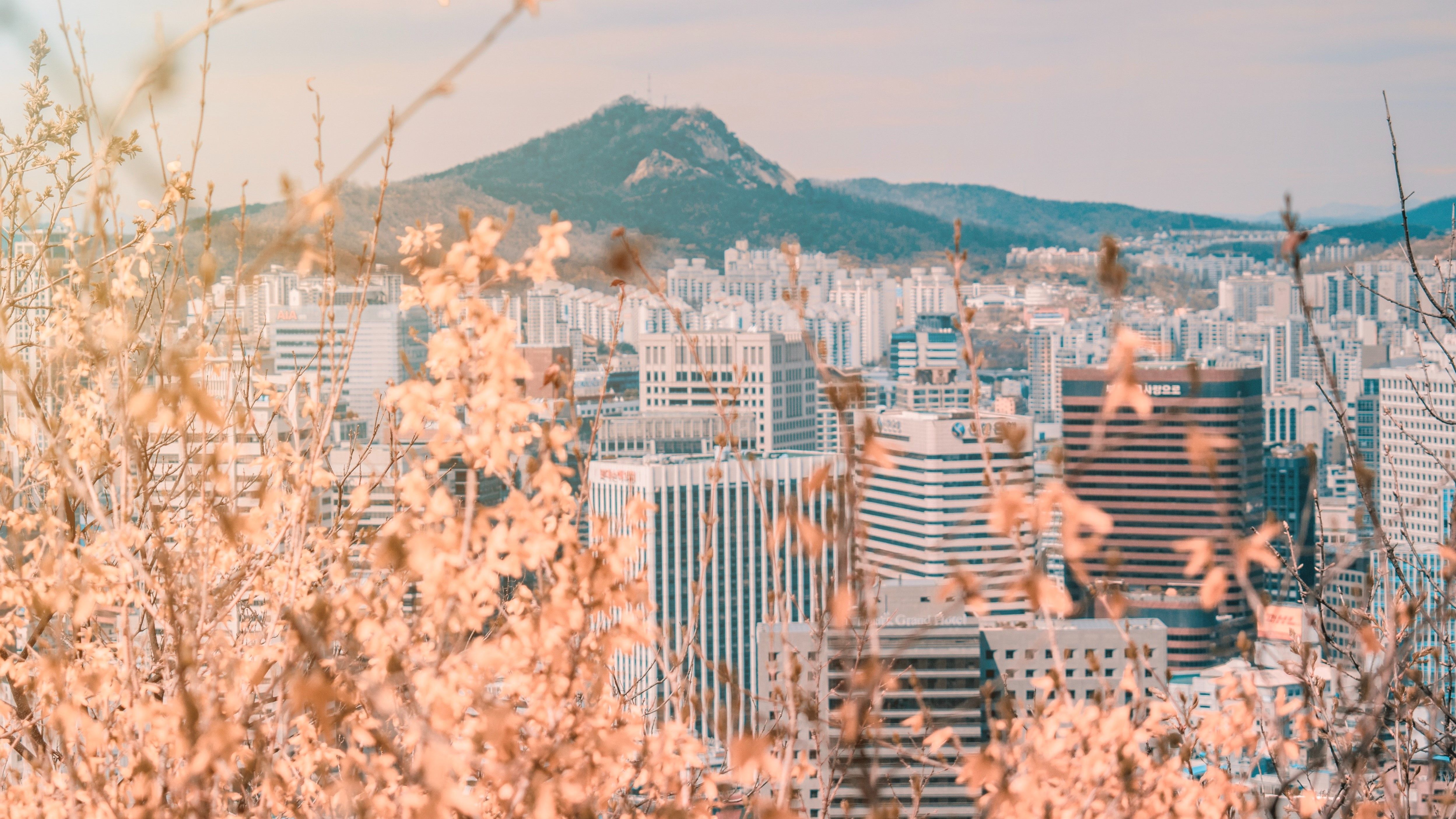Traditions
Chuseok Customs
Curious about what usually happens during Chuseok?

Cait Ellis - Unsplash
Chuseok Customs
Chuseok, often referred to as Korean Thanksgiving, is celebrated on the 15th day of the 8th month of the lunar calendar, typically falling between late September and early October. This three-day holiday coincides with the full moon and is also known as Hangawi—a native term predominantly used in media advertisements—while “Chuseok” is derived from Chinese characters.
 traffic
traffic
Lots of traffic
In Korea, significant traffic congestion occurs on the days surrounding Chuseok. The day before Chuseok, many people travel to their hometowns to prepare food for the upcoming celebrations. The day after Chuseok is typically reserved for cleaning up, resting, and returning home. Consequently, international travel from Korea becomes more expensive during this period. However, domestic discounts are often available to encourage people to enjoy their time off within the country.
 gifts
gifts
Chuseok gifts
During Chuseok, it’s customary, though not obligatory, to exchange gift sets as polite gestures. These sets can range from assortments of Spam, olive oil and tuna, to coffee collections, among others.
Chuseok syndrome
Traditionally, women were primarily responsible for the extensive food preparations during Chuseok. This demanding labor has led to reports of various ailments, collectively referred to as post-holiday syndrome. To alleviate this burden, many now utilize food markets, such as banchan markets (반찬가게), which offer traditional Chuseok foods during the holiday season, reducing the need for home cooking.
 seongmyo
seongmyo
Charye (차레), Beolcho (벌초), and Seongmyo (성묘)
Chuseok encompasses several traditional practices:
-
Charye (차례): An ancestral ritual where families prepare a variety of foods and drinks, arranging them on a table. Family members typically bow twice to honor the deceased and once towards the living, symbolically offering the food to their ancestors. After the ritual, the food, known as Eumbok (음복), is consumed by the family. Some families opt for catered Charye food and may gather at resorts, conducting a brief Charye before enjoying the remainder of the holiday on vacation. Specific ancestors are honored during this ceremony, with gestures such as opening windows to invite spirits or arranging utensils to mimic someone eating, serving as ways to remember and respect them.
-
Beolcho (벌초): This involves cleaning and tidying ancestral gravesites, including clearing debris, weeding, and trimming grass. Beolcho is typically performed on the day before Chuseok.
-
Seongmyo (성묘): On Chuseok day, families visit the cleaned gravesites to pay their respects, bowing to their ancestors as part of this tradition.
Did you know?
In modern times, Chuseok celebrations are evolving. For instance, strict adherence to traditional table setups has relaxed, and many people now choose to go on vacations instead of returning to their ancestral homes.
Learn more
- This Is How We Celebrate Chuseok, Korean Thanksgiving - Food 52
- What to Do in Seoul During Chuseok - Culture Trip
- A Beginner's Guide to 추석 (Chuseok) - Talk to Me in Korean